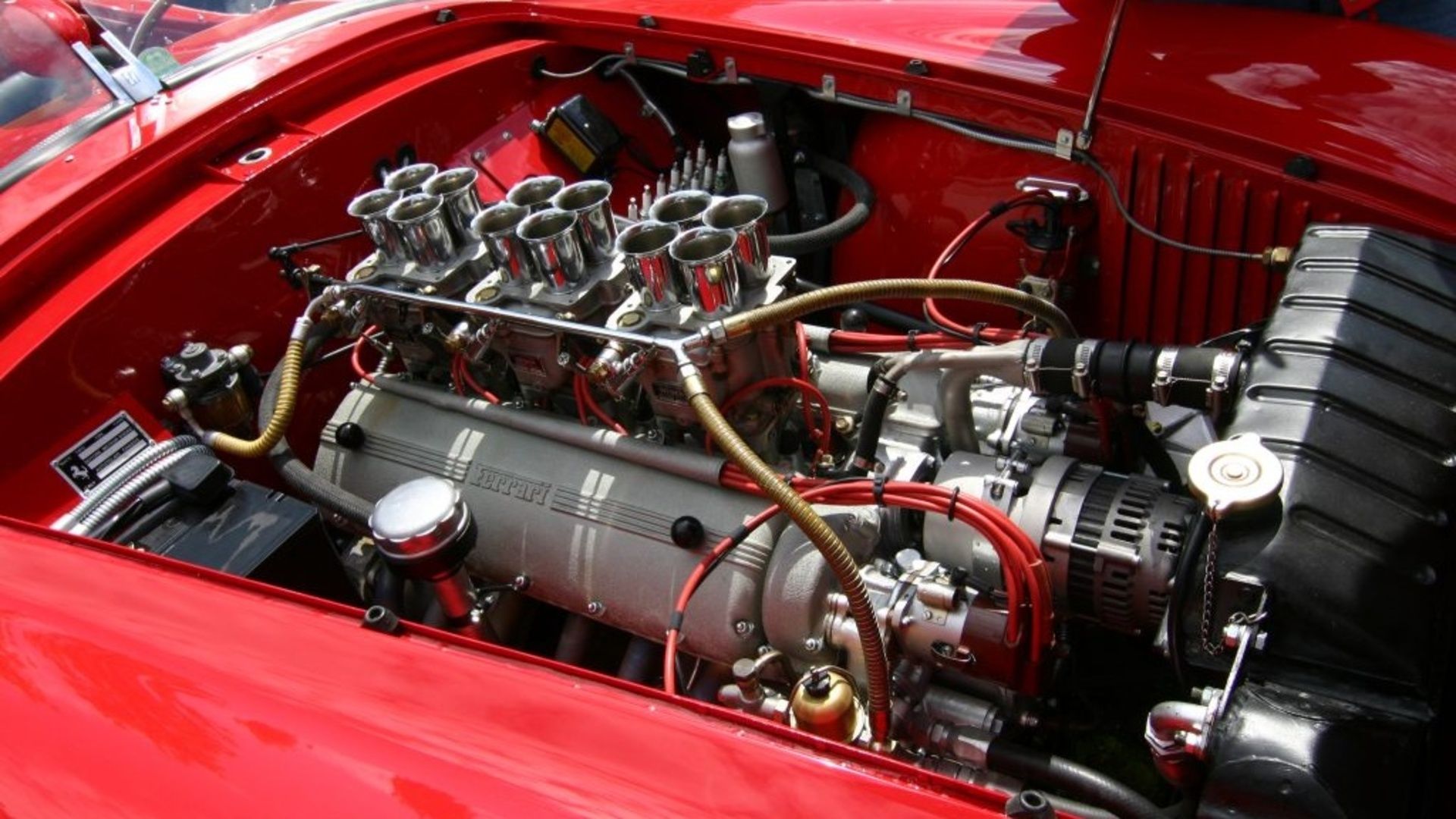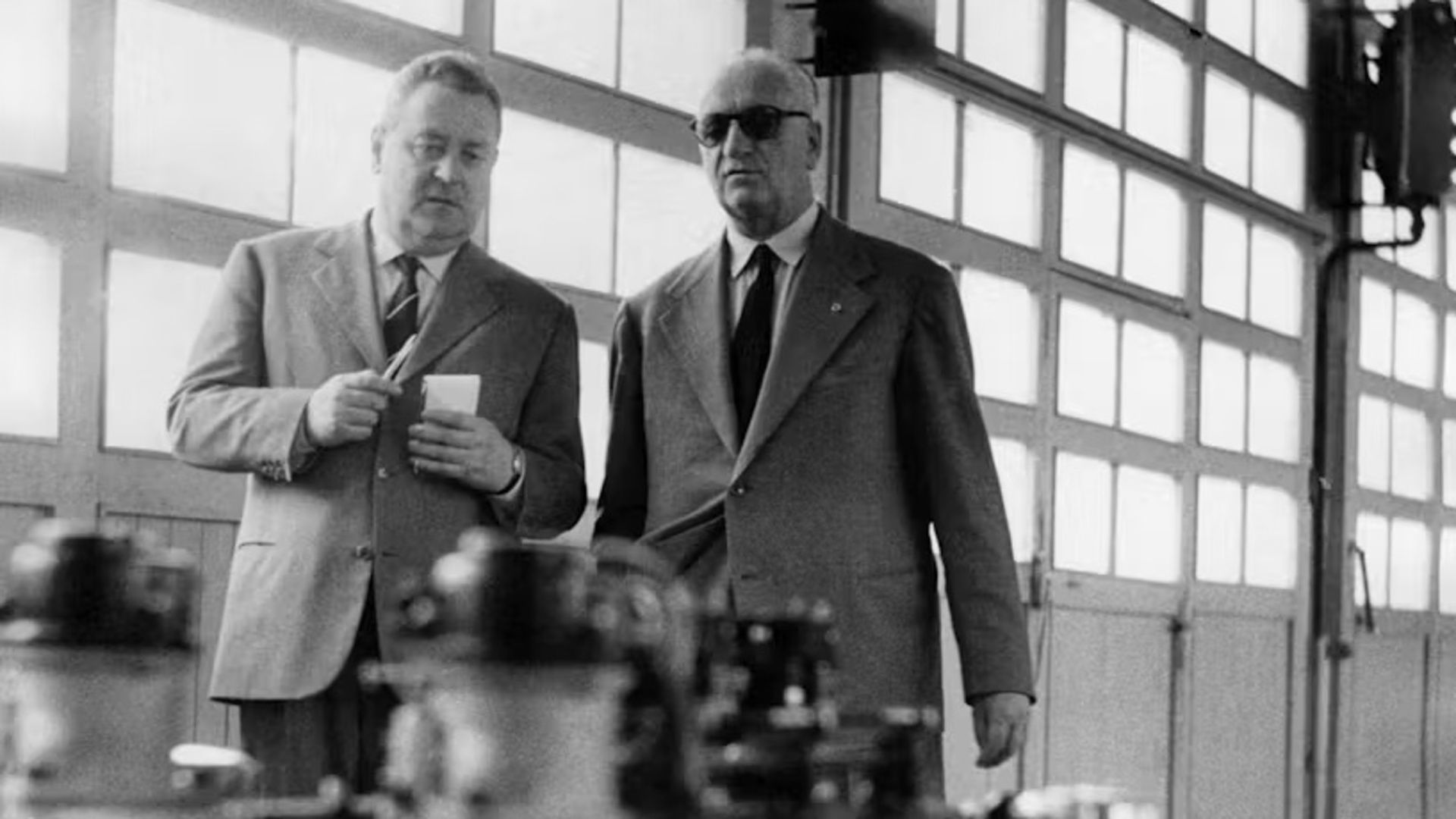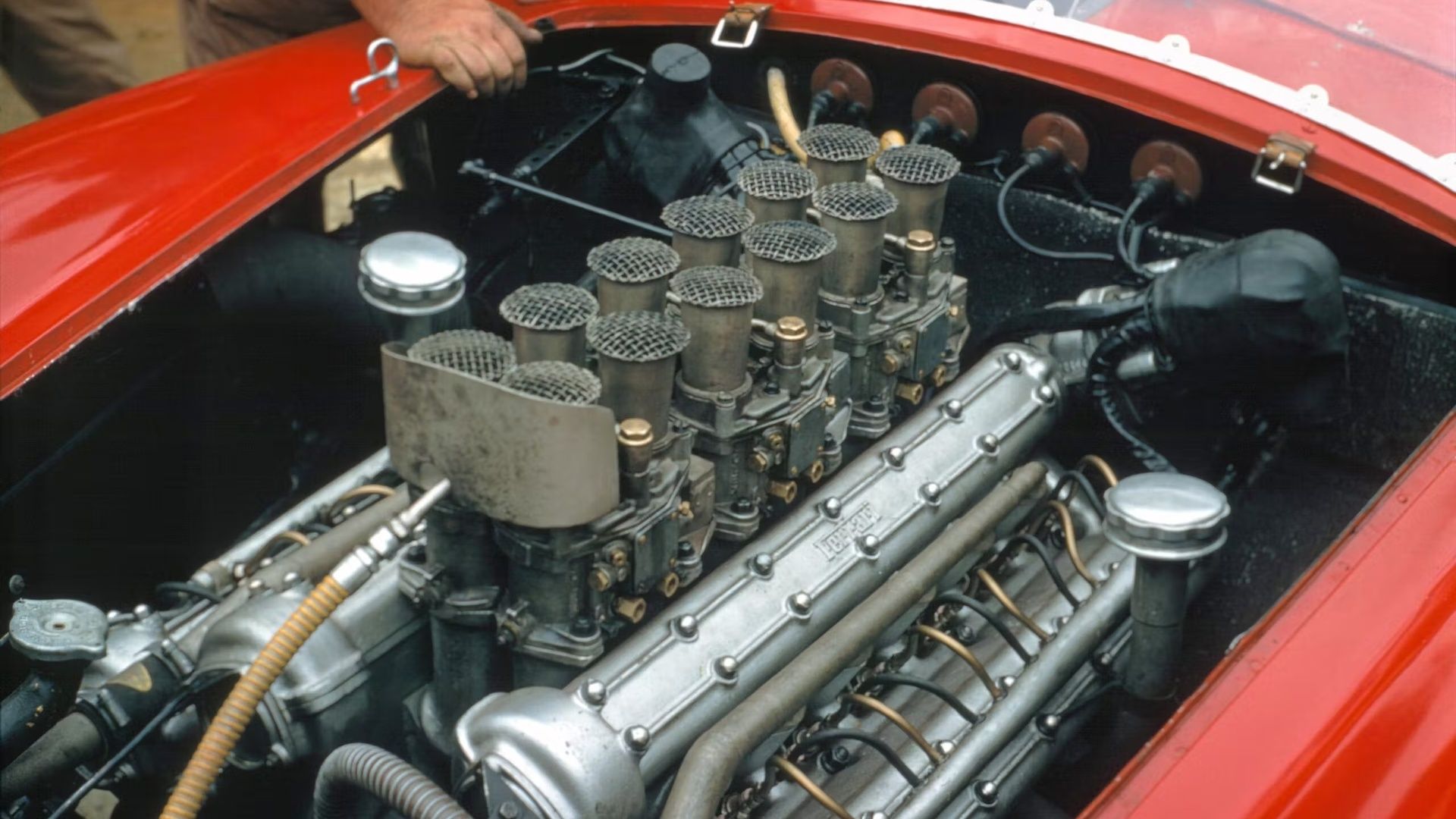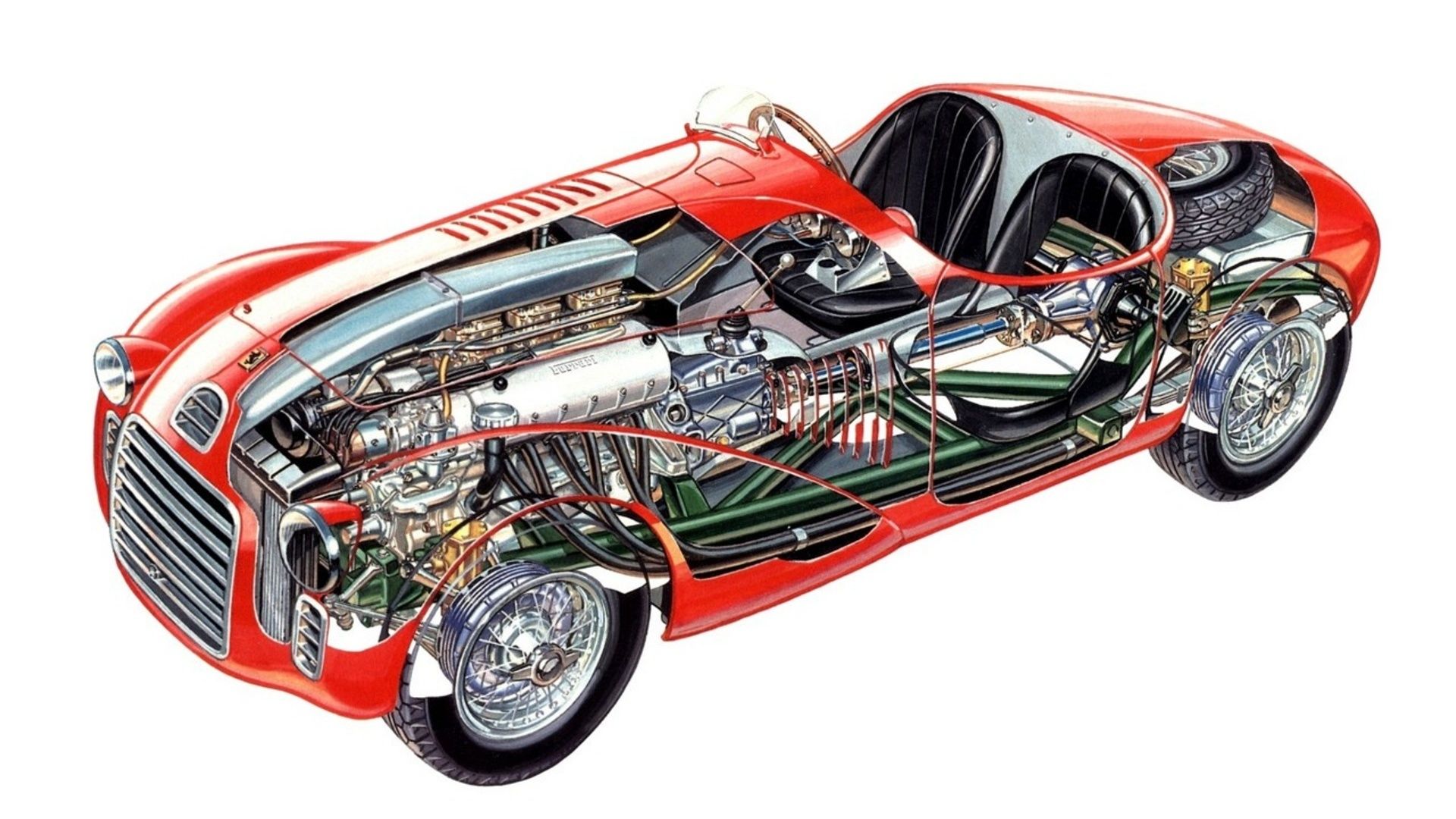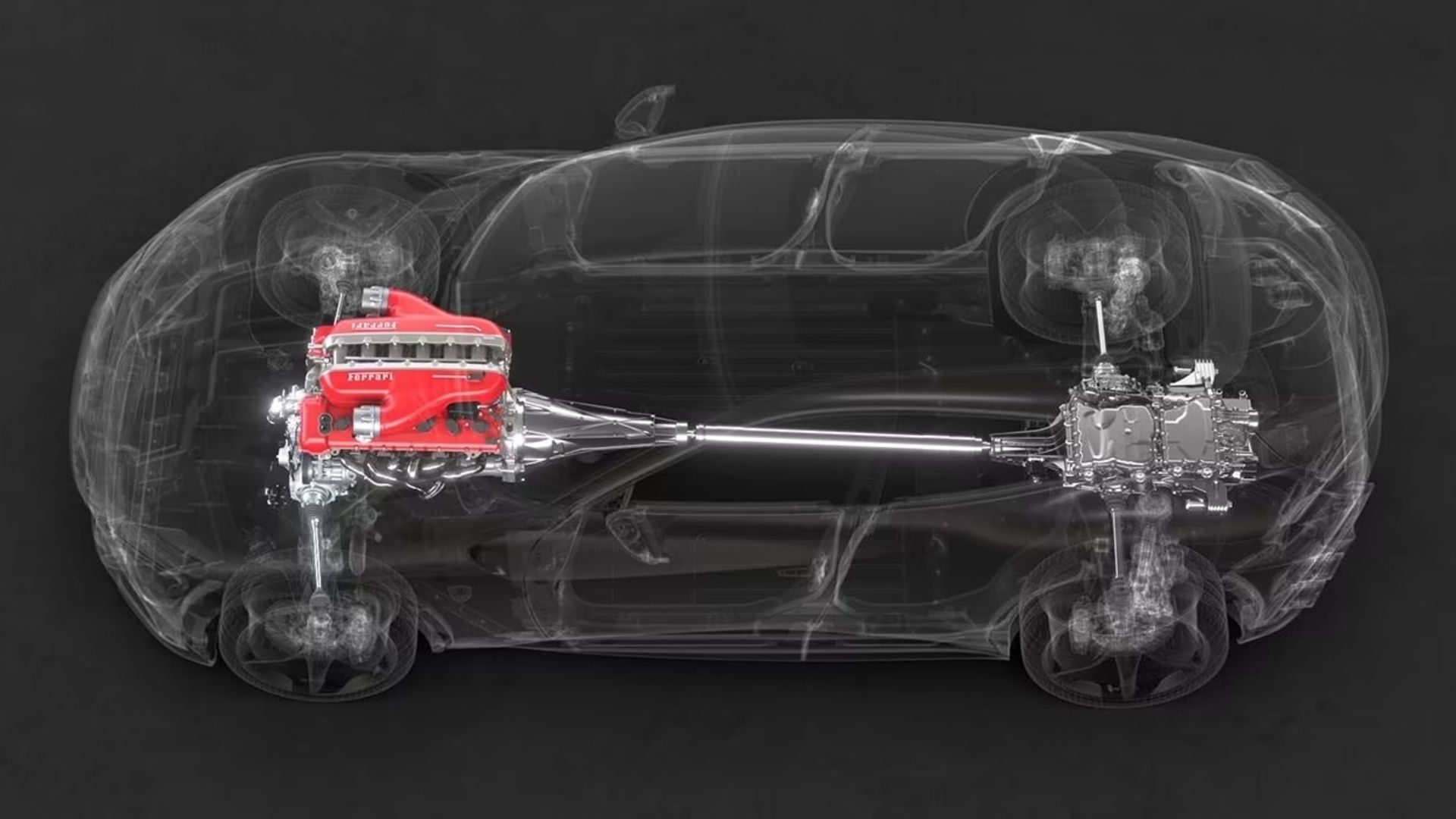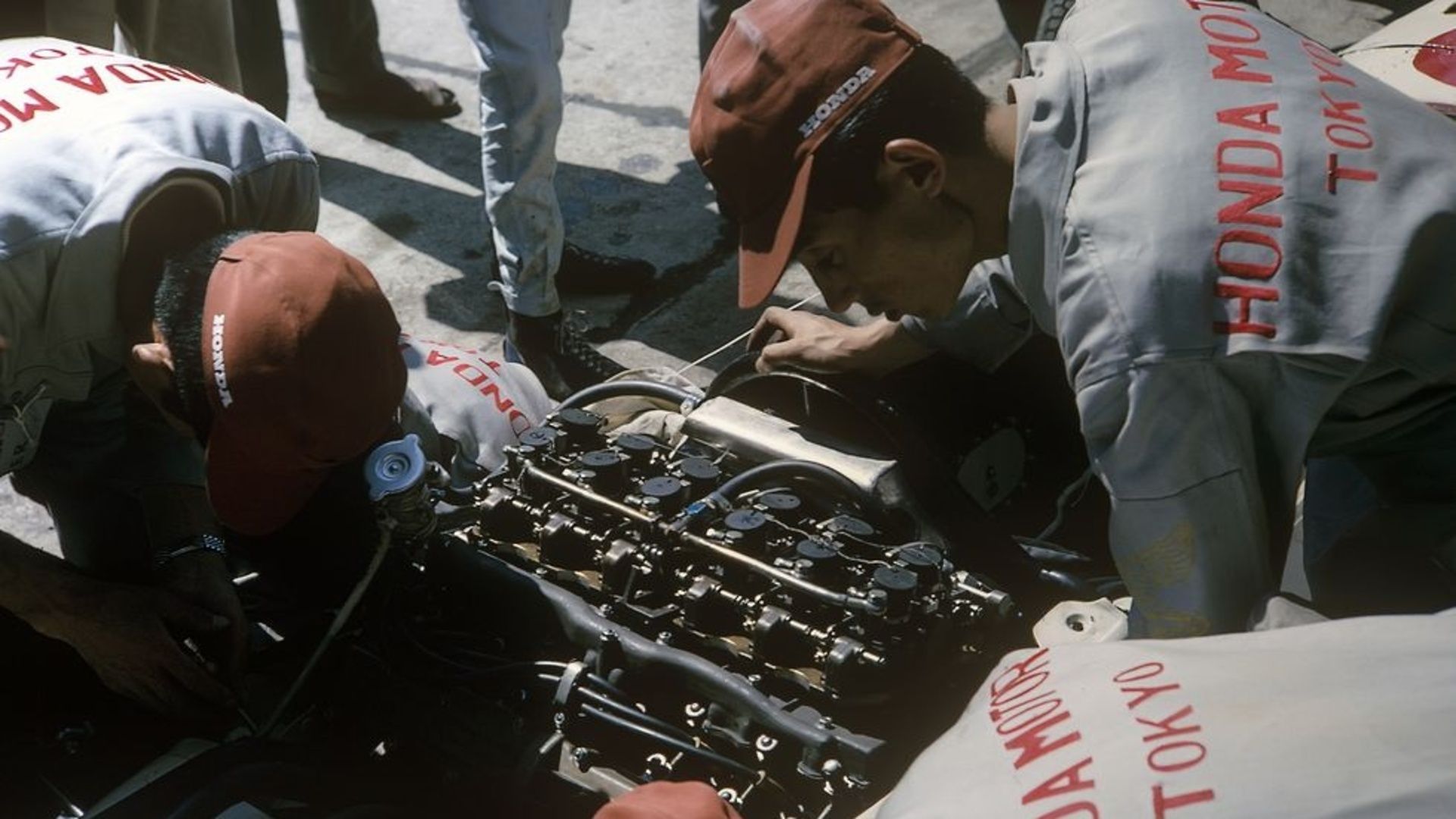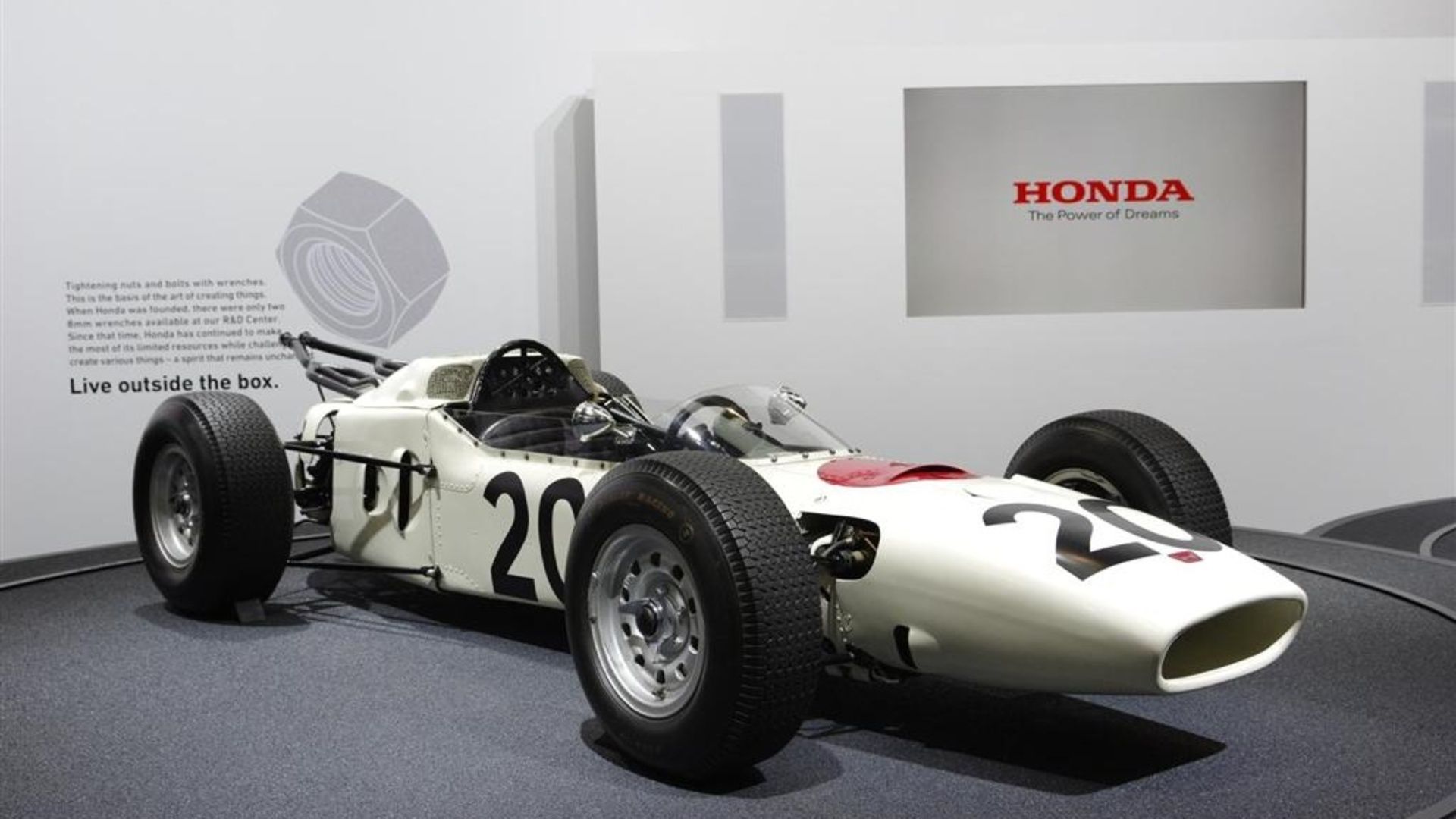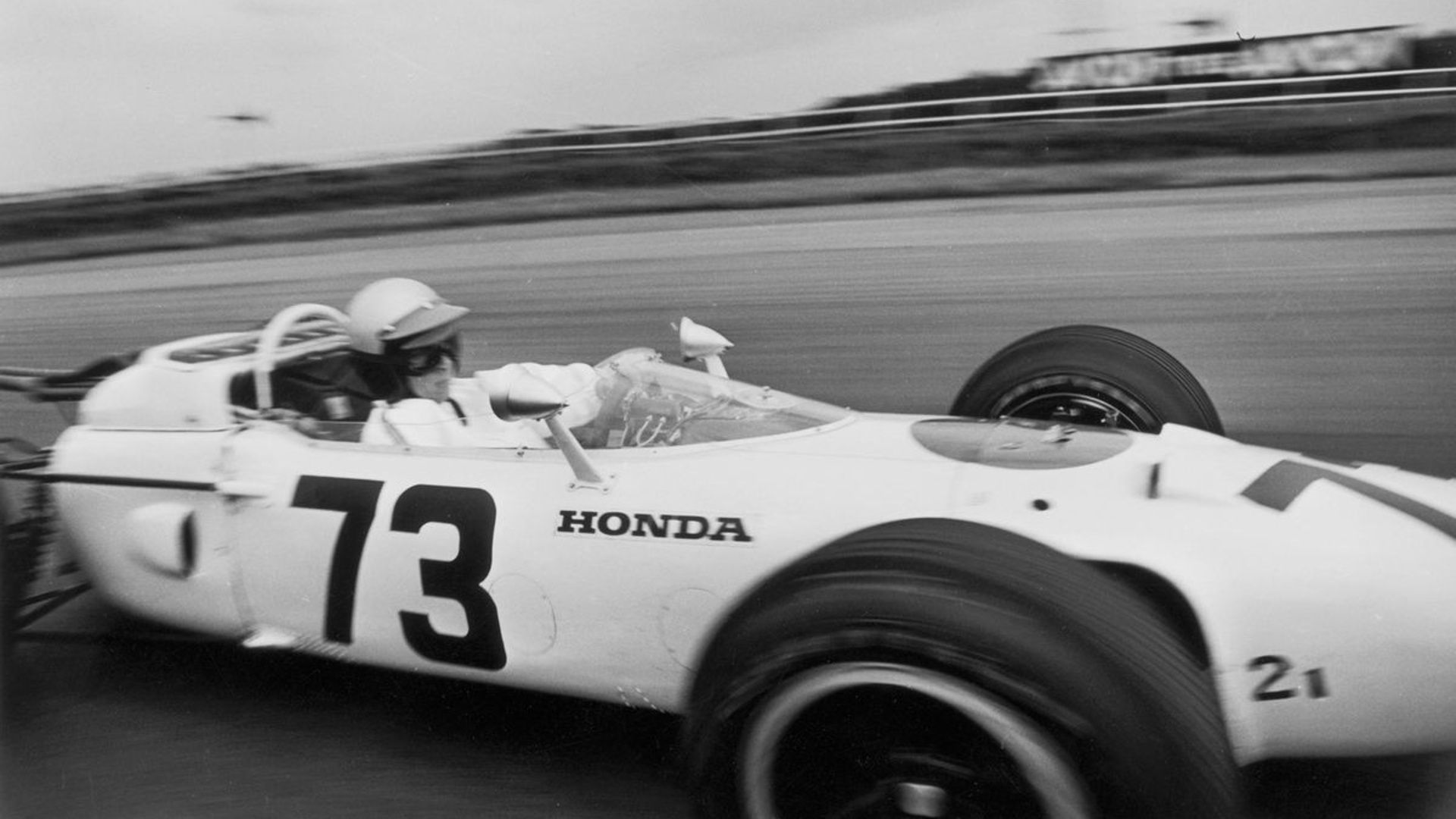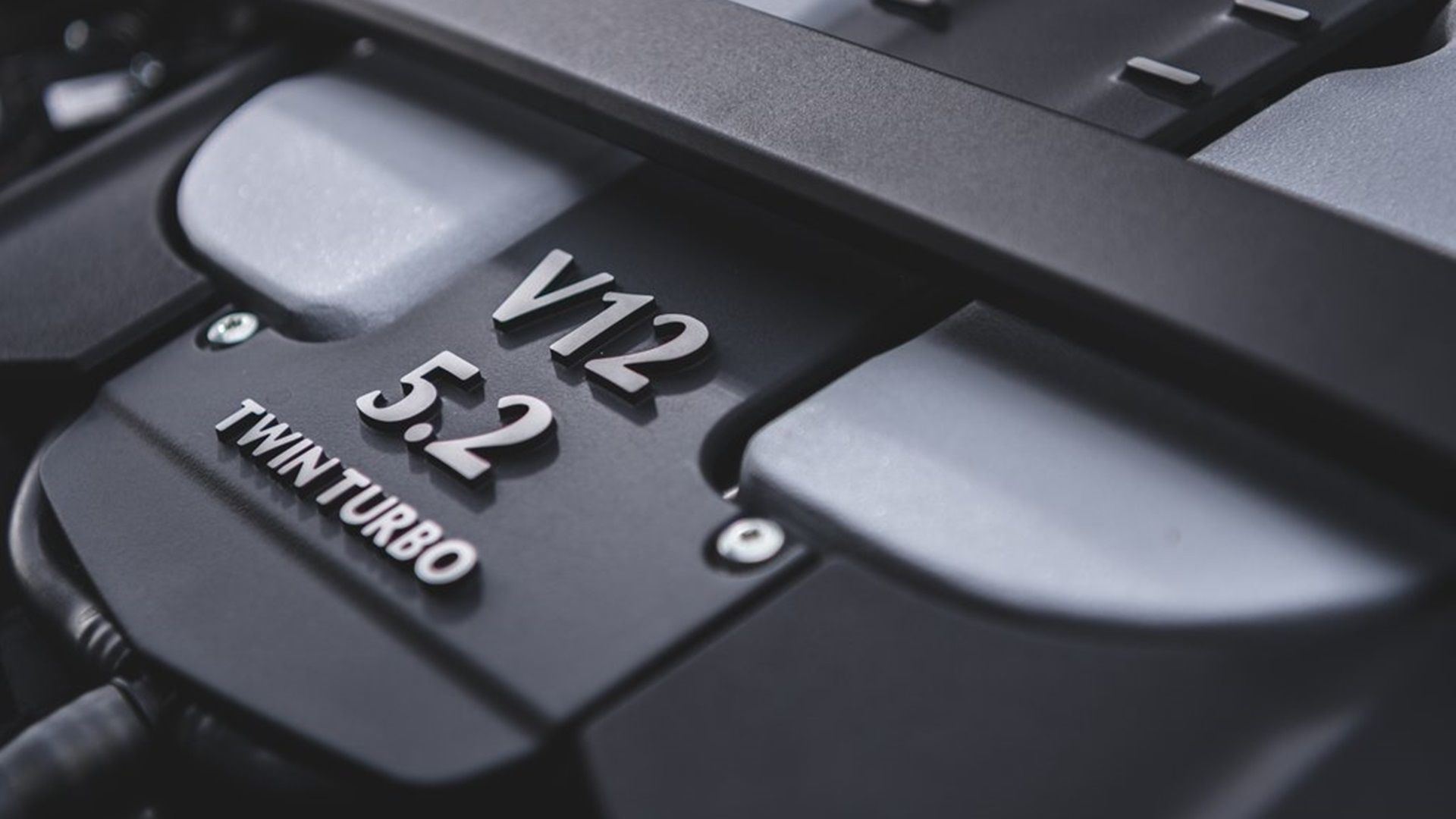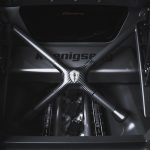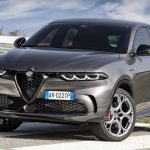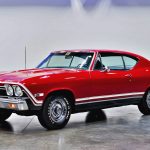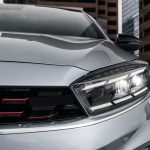Self-balancing by default, V-12 engines have long been considered to be the smoothest running of engine layouts. Despite their complexity compared to lower-cylinder-count engines, which historically limited their presence to high-end vehicles, they have held a prominent place in automotive history since the early days. The pinnacle of their popularity was arguably in the late 20th century when plenty of exotic and luxurious V-12 cars catered to a select clientele with enough money.
The V-12 configuration, with its common crankshaft and V-shaped arrangement of cylinders, typically at a 60-degree angle, offers several advantages. Notably, it provides a more balanced weight distribution and allows for a more compact engine compared to straight-12 layouts. Originating in racing boats, the V-12 engine found its way into iconic World War II aircraft such as the Spitfire and Messerschmitt fighters before gaining traction in luxury cars during the 1950s and 1960s. V-12 engines typically boast displacements ranging from 5.0- to 7.0-liters, although larger and smaller sizes are also possible.
One of the most notable early adopters of the V-12 engine was the renowned Italian automaker, Ferrari. For 75 years, they have been making V-12 engines that have won world championships, charmed owners, powered the world’s fastest cars, and become the ultimate expression of the internal combustion engine. And it turns out that a V-12, the Ferrari Colombo, powered the brand’s inaugural model, the 1947 Ferrari 125 S. Remarkably, the Ferrari Colombo holds the distinction of being the V-12 engine with the smallest displacement ever employed in a production car, although there is another one with an even smaller displacement.
In order to give you the most up-to-date and accurate information possible, the data used to compile this article was sourced from various manufacturer websites and other authoritative sources, including Ferrari and Honda.
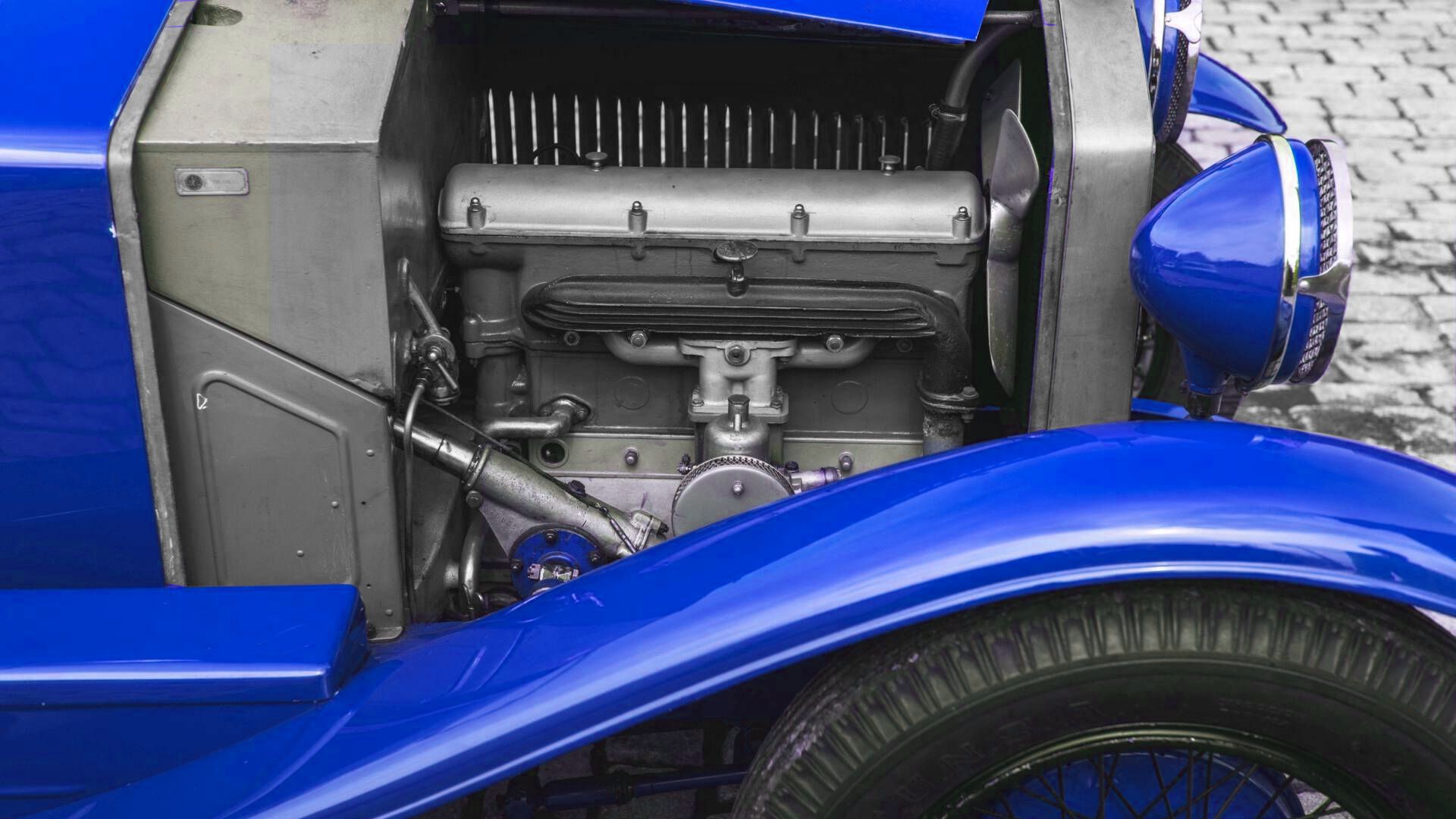
The Smallest Displacement Inline-Six Ever Produced
The inline-six or straight-six engine has been around almost as long as the automobile itself, but they never used to be as big as they are today.
Ferrari Colombo Engine: A 1.497-Liter V-12
In the summer of 1945, just a few months following the conclusion of World War II hostilities in Italy, Enzo Ferrari summoned his trusted colleague Gioacchino Colombo to Maranello for consultations. Mindful of the impending postwar racing regulations yet to be unveiled, Ferrari was eager to develop his own cars and engines.
Anticipating a 1.5-liter limit for supercharged powerplants, Ferrari sought the expertise of one of Italy’s preeminent engine designers. After extensive deliberation regarding the powertrain for the inaugural Ferrari model, it was unanimously decided that a V-12 configuration would be ideal. But why opt for a V-12?
Enzo Ferrari Took A Chance With A V-12 Due To Its Inherent Advantages
Firstly, V-12 engines offer unparalleled balance, resulting in minimal vibration during operation. This inherent equilibrium contributes to exceptionally smooth power delivery, a trait highly valued in racing applications. Additionally, their superb balance enables them to achieve higher revolutions per minute (RPM), a factor further enhanced by the compact size of each cylinder.
Despite the fact that the V-12 engine was, and is, rare due to its high cost and extensive complexity, Enzo Ferrari, recognizing the inherent advantages of the V-12 format, accurately foresaw the V-12 format would be well suited for both single-seater and sports car racing, and perfect for grand tourers, as it offered great versatility.
Ferrari’s First In-House Engine: The Colombo Engine
Thus was born the Ferrari Colombo Engine, a water-cooled, carbureted 60º V-12 powerplant. Primarily conceived by Gioacchino Colombo, with assistance from Luigi Bazzi and Giuseppe Busso, this engine underwent various iterations throughout its production span from 1947 to 1988, becoming Ferrari’s first homegrown engine.
Featuring a single overhead camshaft per cylinder bank, coupled with two valves per cylinder and a trio of 30DCF Weber carburetors, the Colombo Engine made its debut in the 125 S, the first Ferrari car ever. Despite its modest displacement, the 125 S, named after the 124.73cc displacement of each cylinder, showcased remarkable performance capabilities.
With a peak power of 118 horsepower achieved at 6800 RPM, this lightweight marvel tipped the scales at a mere 1,433 pounds. Considering the automotive landscape of 1947, such figures were just fine.
Its Reduced Displacement Is Evident In Its Small-Sized Cylinders
Imagining a V-12 engine with a displacement of 1.5 liters might seem like a hard task. To put it into perspective, the 60-degree V-12 engine is roughly four-and-a-bit times smaller than the F140 engine, a fact reflected in its cylinder dimensions. By combining a 2-17-inch bore with a 2-07-inch stroke, engineers achieved the targeted piston displacement of 1.5 liters (1496.77cc).
Over time, the displacement of the engine underwent significant growth. Initially expanding to 1.9-liters through adjustments in bore and stroke, it propelled the short-lived 159 S model.
Subsequently, the engine transitioned to a quad-cam layout and further increased in size to 4.9 liters. Remarkably, it remained in the Ferrari lineup until 1989, residing beneath the hood of the 412 model, and lasting long enough to ditch the carbs for Bosch fuel injection.
Characteristics Regarding The Engine’s Build
- In order to minimize weight, Colombo opted for aluminum instead of iron for both the block and head castings of the engine.
- Cast-iron cylinders, cooled by coolant, were securely fitted into the bottom of the block using a shrink fit method. This involved heating the aluminum block to expand the openings before inserting the cold iron cylinders, ensuring a tight seal.
- Bolts were utilized to secure both the heads and the cylinders, screwing into the block’s upper decks for added stability and structural integrity.
- The crankshaft, crucial to the engine’s operation, was meticulously machined from a single billet of alloy steel. It featured seven main bearings and six throws spaced evenly at 60-degree intervals to provide optimal balance and even firing intervals.
- Forged steel connecting rods further reinforced the engine’s robust construction.
- To optimize airflow and fuel delivery into each cylinder, the valves were strategically positioned at a splayed angle of 60 degrees apart. This configuration helped to straighten and streamline the ports, maximizing efficiency.
- Each cylinder boasted a domed, or hemispherical, combustion chamber design.
- Fuel and air mixture preparation was handled by three downdraft two-barrel Weber carburetors.
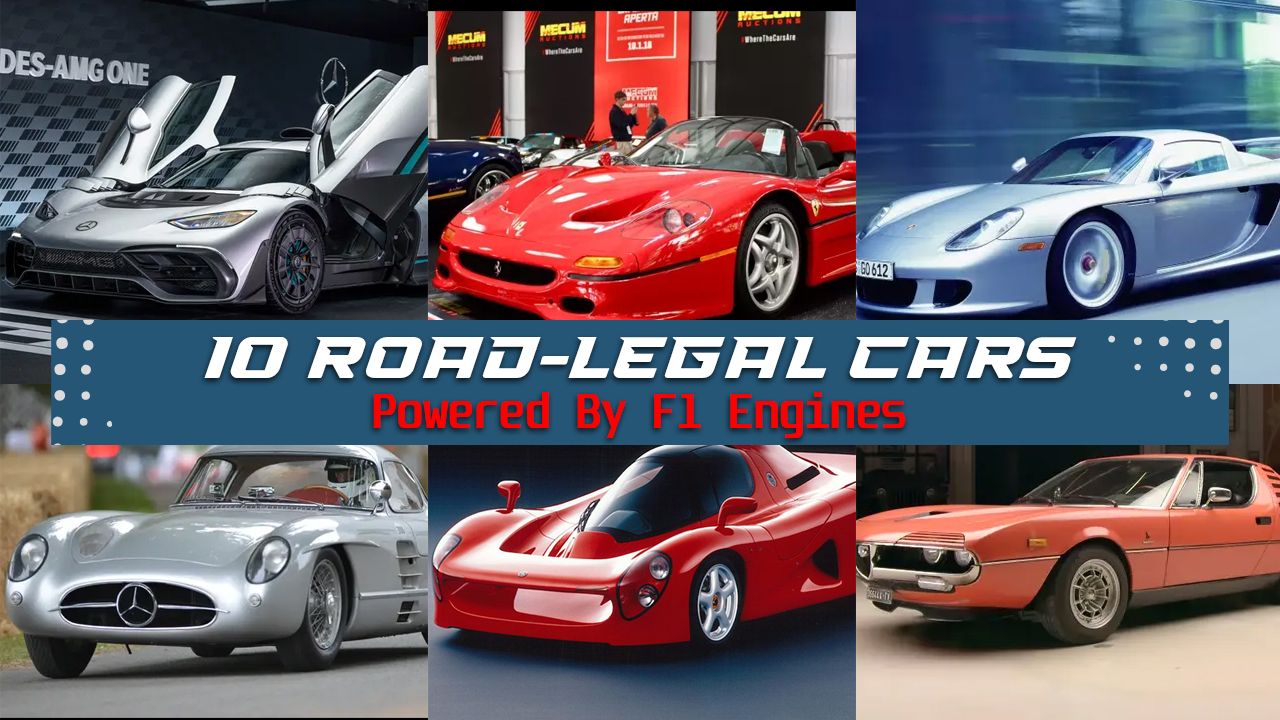
10 Road-Legal Cars Powered By F1 Engines
These cars are have engines derived from Formula One racing and are fully street-legal
The Logic Behind Ferrari’s Small-Displacement V-12
The V-12 stands as Ferrari’s most iconic engine, bearing immense significance for the company with a storied history dating back to 1947. Serving as Ferrari’s inaugural engine, it powered the 125 S, the first car to be adorned with the Ferrari logo.
The Design Was Specifically Tailored To Formula 1 Racing
Colombo and Ferrari had designed the engine with Formula 1 regulations in mind, and introduced it the next year in the company’s first F1 car, the 125 F1. This time, it was supercharged, in accordance with F1 dictates, for a total output of 227 horsepower at 7,000 RPM. Sport and competition versions of the 125 S were built with different bodywork although the chassis and running gear of the cars remained basically identical.
First appearing on May 11, 1947, the 125 S enabled the company to make a strong entry into the racing world. As Enzo Ferrari expressed at the time, the debut of his car at the Piacenza circuit was a “promising failure”. Indeed, the car had to retire due to a fuel pump issue while leading the race. However, over the following four months, the 125 S returned to the track 13 times, securing victory in six of its races.
In addition to the iconic 125 S, most celebrated models have been powered by the illustrious Colombo V-12 engine, including the 1959 short wheelbase 250 GT Berlinetta, the 1962 Ferrari 250 GTO and the 1968 365 GTB4 Daytona. It is surely the most famous and longest-lived V-12 in history.
Subsequent Success Of Ferrari’s V-12 Engine
Following Gioachino Colombo’s departure and the appointment of Aurelio Lampredi as technical director, Ferrari embarked on a new era of engine development. Lampredi introduced significantly larger capacity V-12 engines, which would prove pivotal in Ferrari’s racing success.
These engines propelled Ferrari to its first Formula 1 victory at the 1951 British Grand Prix and secured the Scuderia’s inaugural two World Sports Car Championships in 1953 and 1954. Moreover, they found their way into elegant grand tourers, exemplified by the 1956 410 Superamerica.
The subsequent iteration of Ferrari’s V-12 engine, designed by Enzo’s good friend and engineer behind the successful 1930s racing Alfa Romeos, Vittorio Jano, continued with the Italian dominance, clinching two more world sports car titles in 1956 and 1957.
However, Ferrari’s trajectory took a fascinating turn with the introduction of a groundbreaking flat 12 boxer engine under the stewardship of new technical director Mauro Forghieri. This innovative powerplant propelled Ferrari’s Formula 1 cars to unparalleled success in the 1970s, culminating in Niki Lauda’s World Championship victories. Additionally, a road-going version of the flat 12 engine powered legendary models such as the 365 GT4 Berlinetta Boxer and Testarossa.
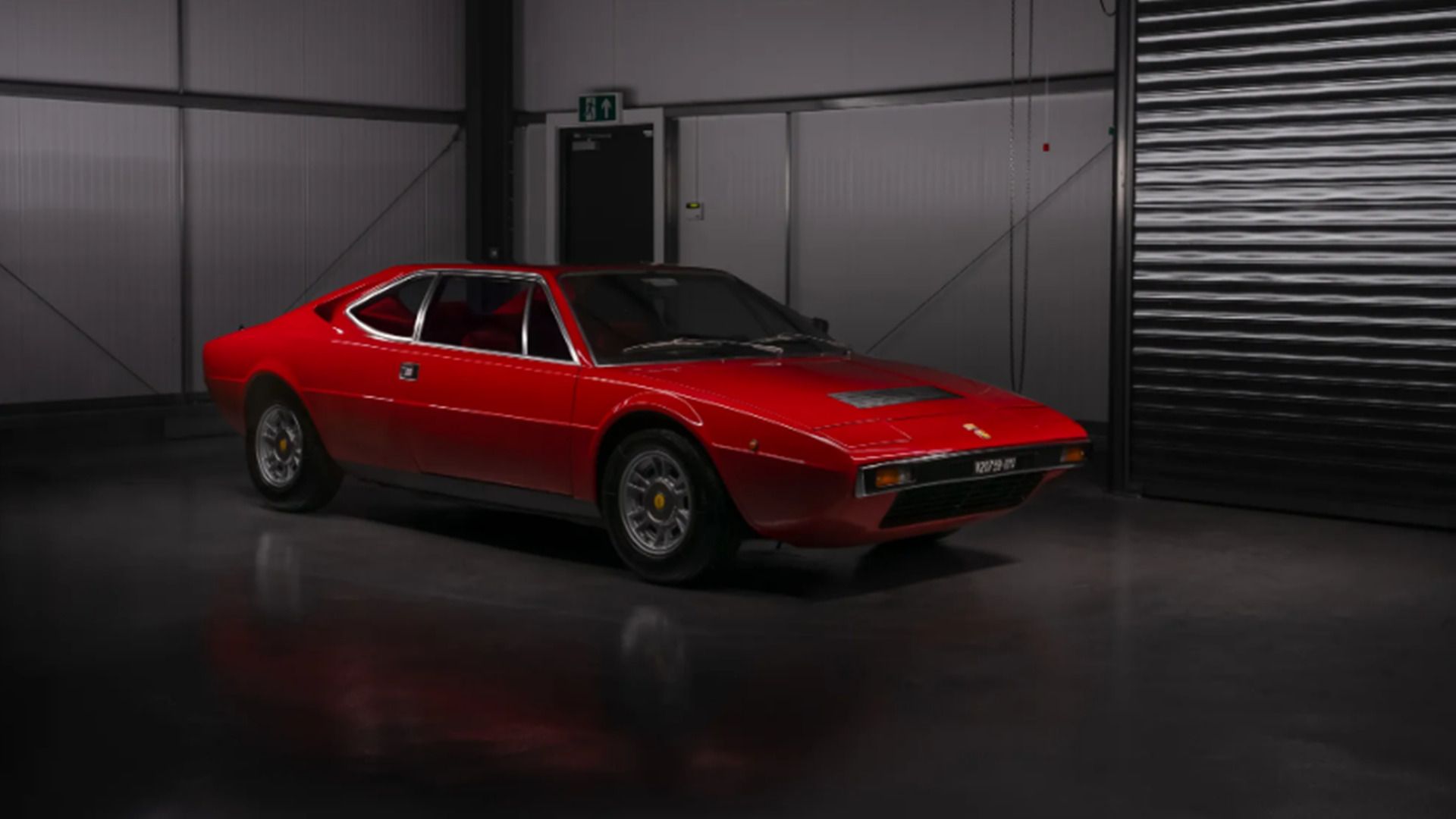
The Smallest Displacement V8 Engine Ever In A Production Car
Ferrari is known for its exotic mid-engine V-8 supercars, but the origin of this lineage started with a car that wasn’t even considered a Ferrari.
Almost Two Decades Later, Honda Introduced A 1.495-Liter V-12 Engine To Compete In Formula 1, The Smallest V-12 Ever
The Ferrari Colombo V-12 is arguably the most famous small-displacement engine. And yet, it’s not the smallest V-12 ever produced! While Ferrari’s version had a displacement of 1.497 liters, Honda’s 1964 engine measured at 1.495 liters. Despite the minimal difference, it’s technically correct to assert that Honda’s V-12 is smaller.
Honda’s Founder’s Incredible Ambition Drove The Company’s Success Forward
Soichiro Honda, the founder of Honda, was hugely ambitious. Merely a decade after establishing a company focused on manufacturing motorized bicycles in 1947, Honda boldly declared his intention to compete in and triumph at the prestigious Isle of Man TT race. In 1961, Honda made it happen and became the first Japanese manufacturer to win the famous motorcycle race, sweeping both the 125cc and 250cc classes.
Honda’s aspirations extended beyond the realm of motorcycles to the automotive industry. Eager to position his company as a dominant force in the automotive world, Honda aimed for the pinnacle of motorsport: Formula 1. Thus, in 1962, a team of motorcycle engineers, led by Honda himself, embarked on the development of a V-12 engine.
Just one year after launching its inaugural road car, Honda made its Formula 1 debut at the 1964 German Grand Prix, fielding American rookie Ronnie Bucknam to pilot its inaugural Formula 1 car, the RA271.
Honda Made A Bold Move By Going For A V-12 While Everyone Else Opted For A V-8
Formula 1 first introduced a 1.5-liter engine formula in 1961, prompting suppliers to explore various configurations, including four-, six-, and eight-cylinder engines. While every car was using a V-8, Honda engineers, however, decided to use a V-12. A 12-cylinder engine posed greater complexity, but also yielded a lighter overall package compared to an engine with fewer cylinders but the same displacement. This translated to higher rev limits and, consequently, increased horsepower. It was these facts that Honda engineers intended to exploit. Plus, Honda’s motorcycle engineers already had experience with tiny pistons and valves.
The transversely mounted V-12 engine featured a roller-bearing crankshaft, with drive directed from the middle to a six-speed gearbox. Capable of reaching an astonishing 14,000 RPM, the engine ultimately produced a peak power of 230 horsepower at 11,500 RPM, thus becoming the most powerful F1 engine of 1965. It boasted a 2.29-inch bore with a 1.85-inch stroke, resulting in a total displacement of 1,495.28cc.
Although It Didn’t Succeed On The Track, It Set The Stage For The Following Year
The RA271 made its race debut during the 1964 Formula 1 season, just one year after Honda started producing road cars, and was the first Japanese-built car ever to enter a round of the FIA Formula 1 World Championship. Only one RA271 was built.
Although the RA271 only contested three 1964 Grands Prix, its groundbreaking transversely mounted 1.5-liter V-12 engine served as the foundation for Honda’s subsequent triumphs as it powered Honda’s race-winning RA272, allowing Richie Ginther to win the Mexican Grand Prix the following year.
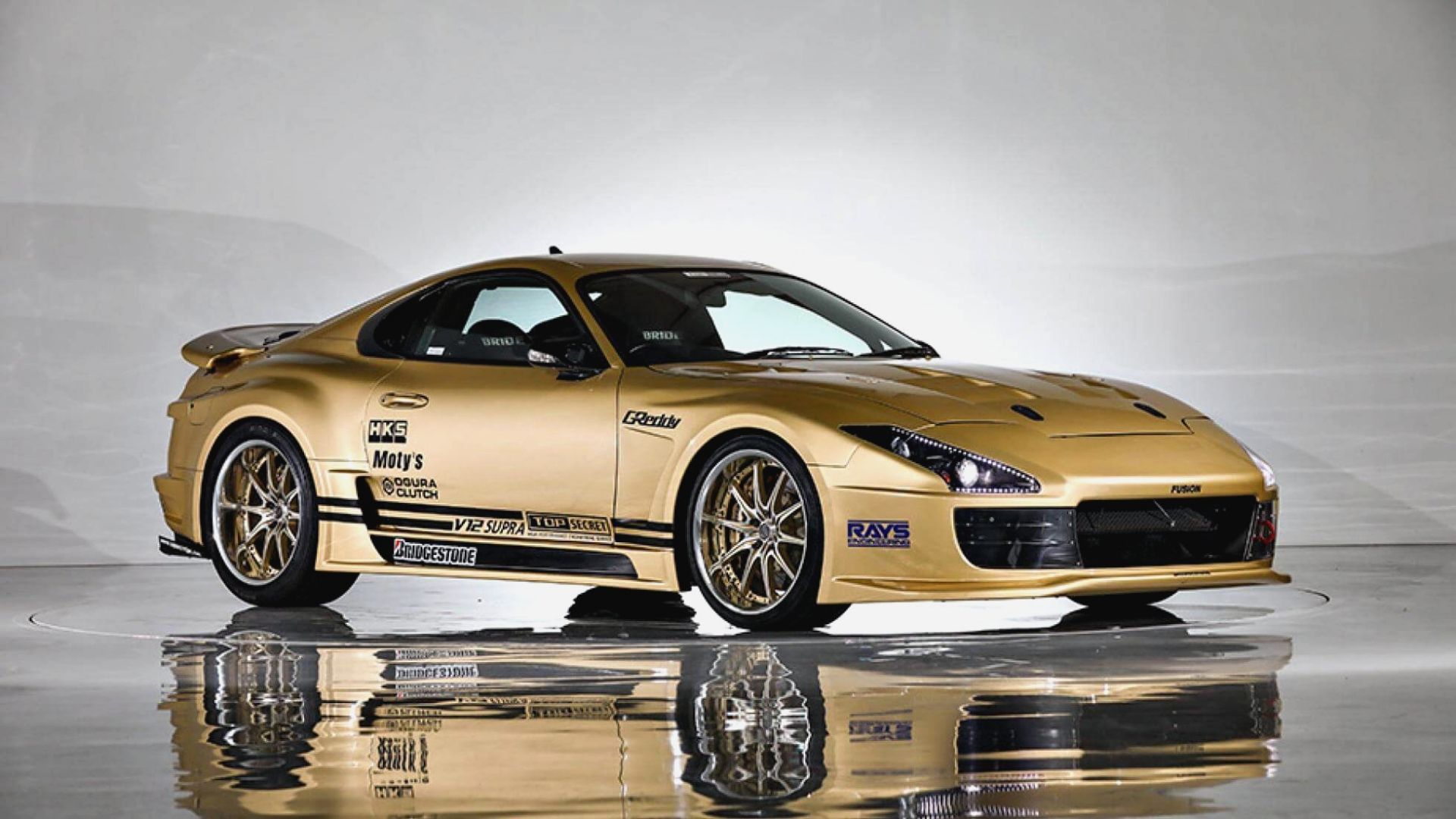
This V12-Powered Top Secret Supra Is Absolutely Bonkers
Japanese tuner, Smokey Nagata pushed the limits of the Mk IV platform, when he built the ultimate V-12-powered Top Secret Supra in the ’90s
Cars That Are Still Powered By A V-12
In recent years, the automotive landscape has undergone significant changes, driven by mounting pressure on manufacturers to drastically reduce emissions. This has resulted in a concerted effort to phase out V-12 cars, renowned for their relatively high levels of fuel consumption and emissions, in favor of more eco-friendly alternatives. The shift toward electrification further signals the impending decline of the V-12 engine, although some of them resist.
While there may still be a handful of V-12 models available outside the U.S. in the coming years, such as the Pagani Utopia and Hongqi HQE, the following list represents the last remaining new V-12 cars accessible to American consumers.
- Aston Martin DBS: Like the majority of modern cars, it boasts a turbocharged 12-cylinder engine. Its 5.2-liter twin-turbo V-12 delivers an impressive 715 horsepower and 664 pound-feet of torque.
- Mercedes-Benz S-Class Maybach S680: For many, the Maybach name by itself is exotic enough, but this luxurious model features a twin-turbo V-12 engine capable of generating 621 horsepower and 664 pound-feet of torque, elevating the S-Class experience to new heights.
- Ferrari 812: With a classic 6.5-liter V-12 engine producing 819 horses and 510 pound-feet of torque, and revving to almost 9,000 rpm, the Competizione variant of the Ferrari 812 prioritizes speed over comfort. It lacks both turbos and a hybrid system, embodying a pure, naturally aspirated driving experience with one of the most powerful naturally aspirated engines ever mounted in a production car.
- Lamborghini Revuelto: The 6.5-liter V-12 engine produces 820 horsepower and 535 pound-feet of torque, and it’s supplemented by two electric front motors and a single electric rear motor powered by a 3.8-kWh battery, resulting in a total output of 1,001 horsepower.
- Ferrari Purosangue: Ferrari’s first SUV features a less powerful version of its 6.5-liter V-12 engine, delivering 715 horsepower and 528 pound-feet of torque.
- Ferrari Daytona SP3: A limited and special model built on the LaFerrari Aperta chassis, the Daytona SP3 boasts an 828-horsepower version of Ferrari’s 6.5-liter V-12 engine and was only available for the most exclusive Ferrari clients.
- Bentley Flying Spur Speed: This stately yet surprisingly agile sedan features a unique W-12 engine layout. The 6.0-liter twin-turbo W-12 produces 626 horsepower and 664 pound-feet of torque, enabling a top speed of 207 mph.
- Bentley Continental GT Speed: Equipped with a similar 6.0-liter W-12 engine, the Continental GT Speed offers slightly more power than the Flying Spur variant, delivering 650 horsepower and 664 pound-feet of torque.
- Aston Martin V-12 Vantage: In this case, Aston Martin installed one of its largest and most powerful engines into its smallest car, generating 690 horsepower and 555 pound-feet of torque. While not the fastest or lightest, it’s the smallest car with 12 cylinders.
- Aston Martin DB11: In contrast to the Vantage, the DB11 excels at grand touring. Its 5.2-liter twin-turbo V-12 engine produces 630 horses and 516 pound-feet of torque, prioritizing smoothness and refinement.


